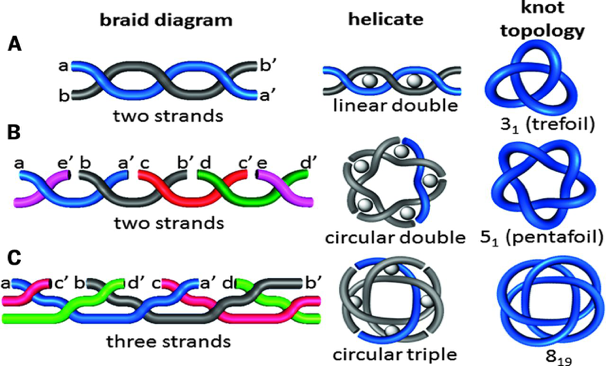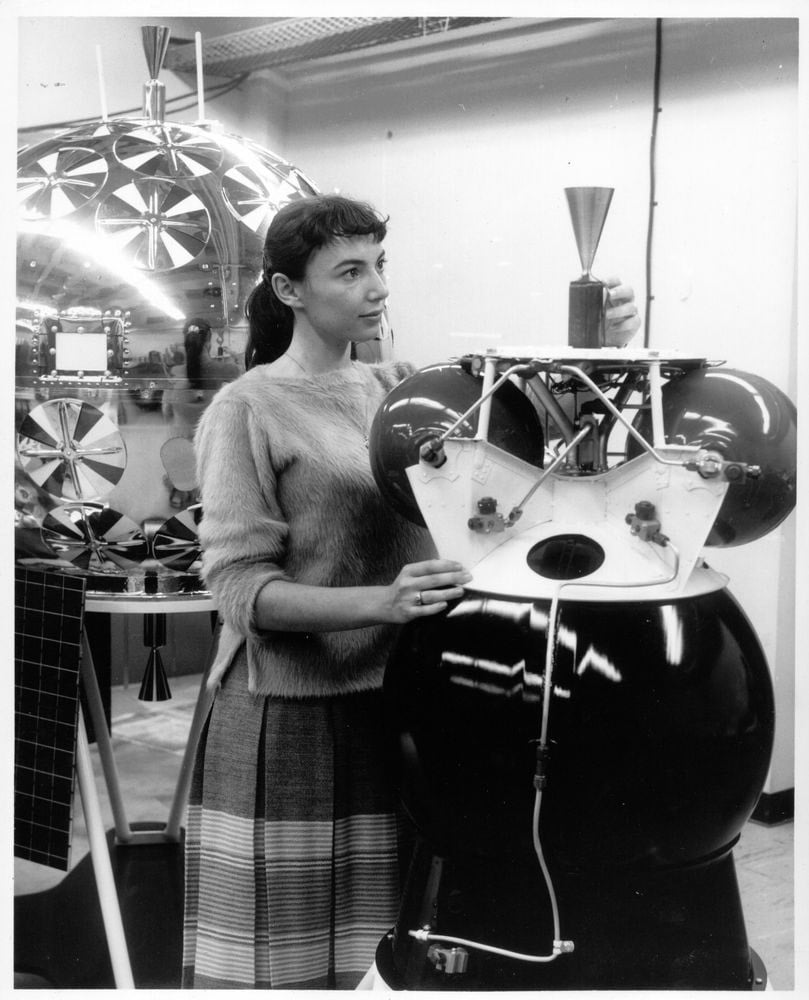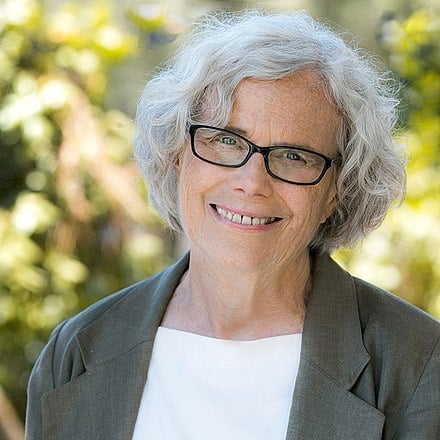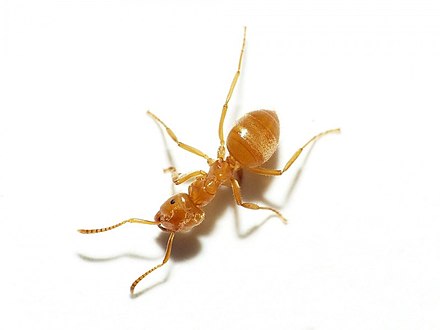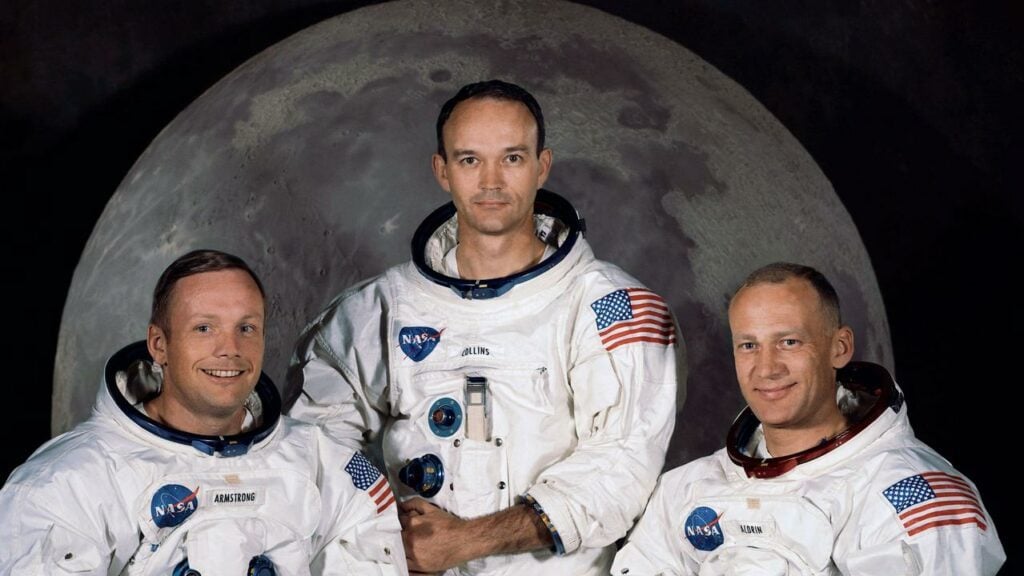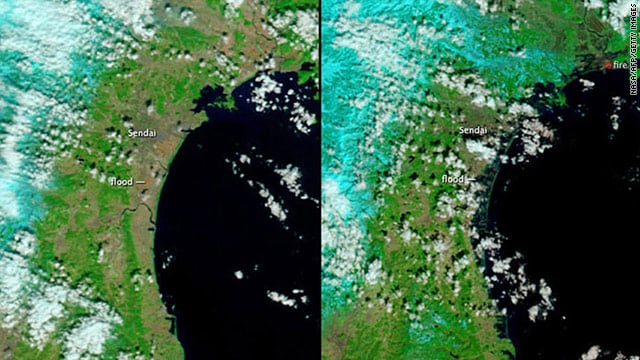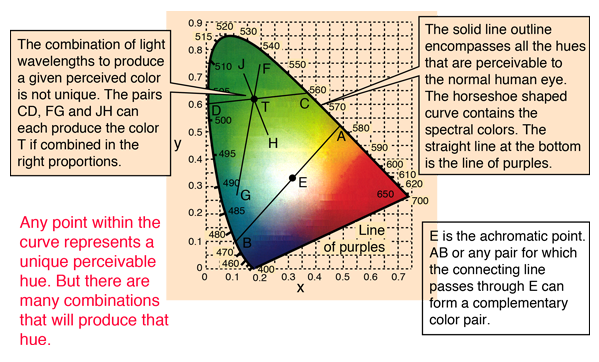More than six billion different knot types have been identified by mathematicians and scientists since the 1800s.
Not Your Average Knot Author: Adam Zhang Institution: Georgia Institute of Technology Chemists at the University of Manchester have produced the tightest knot ever created. Published earlier this month in the journal Science, the team led by David Leigh used techniques in synthetic chemistry to braid strands of different molecules into a structure with over […]
